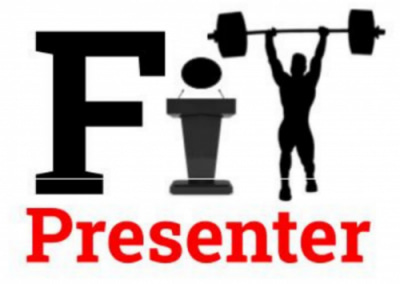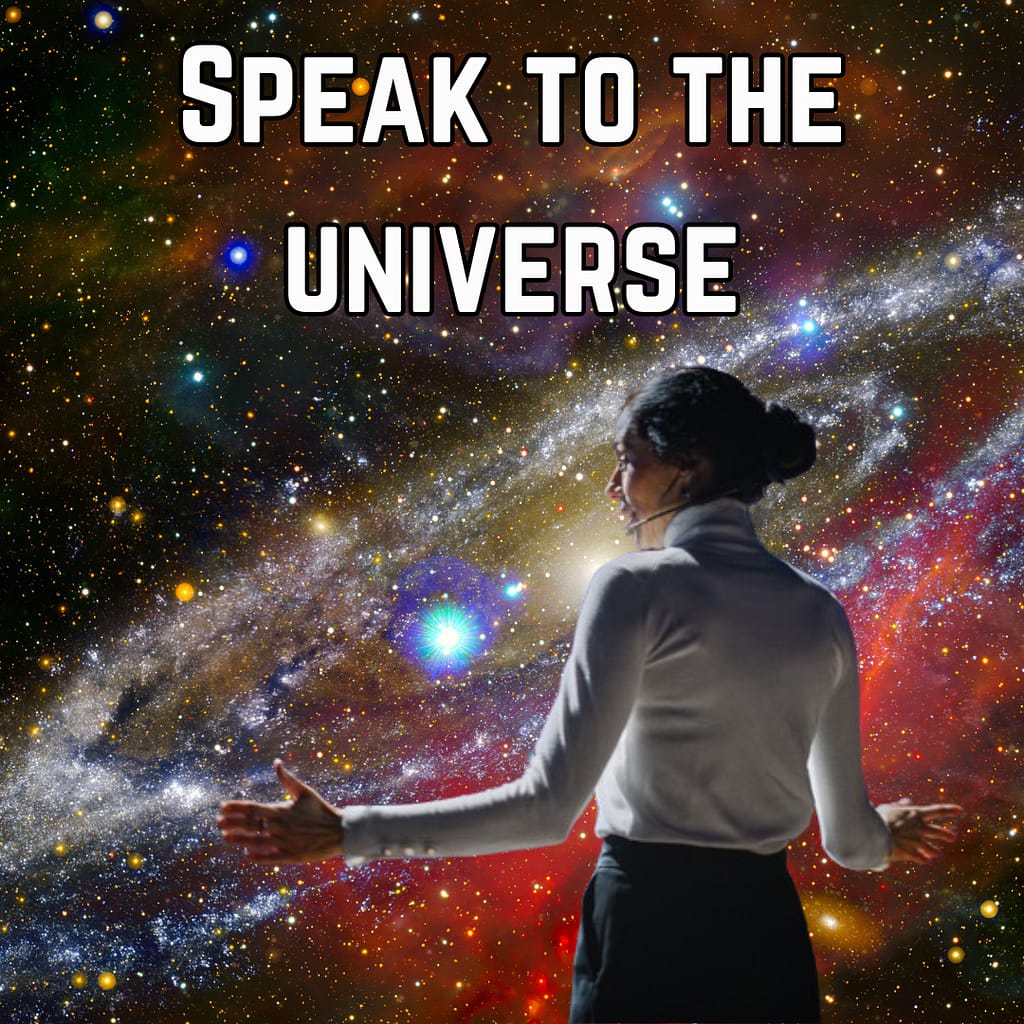When you take the stage to promote a product or service, how much should you say about your business?
Nothing! Your audience deserves better than a live infomercial.
I can understand the temptation to let loose on stage and describe how your product or service works. Long before you let the audience in on your dirty little secret that you are promoting a business, you owe them value.
Your business messaging comes in three phases. Your purpose is different before you make the sale, while you're making the sale, and after you make the sale.
Let's take a closer look at each of the three phases of communication for your business.
Phase 1: Bigger than the product
Your first phase is toward an audience that knows nothing about you, your business, or your purpose for being. Before you talk business, speak to the universe.
Share the ethos behind the work that you do, and your back story as to what brought you from birth, through life's adventures, and eventually in front of your audience.
The message that you put out to the universe, especially from a stage where you are the featured presenter, should have very little to do with your business. You want to show that you are bigger than your product.

The stage is a place to show your empathy for the audience, and not how you make your money. Show the need for your product, not the features and benefits of it.
Most importantly, tap into their understanding of your subject.
Somewhere along the line, you suggest to your audience you are in the business of solving the problems that you present. Let them know that you are available for further consultation. Build a bridge from your group keynote presentation to a one-on-one meeting, then let them cross that bridge.
So many people roll out the sales pitch on stage. Suddenly an informative and inspirational speech becomes an infomercial. Instead of saving the sales pitch for the right time, people take the stage like Steve Jobs rolling out the iPhone.
Save the pitch for the sales call. Savor the moment and share the essence of who you are and what you do before even alluding to a product for sale.

Phase 2: What I can do for you
The second phase is a conversation with your prospective client. You assess needs, make a recommendation, and close the sale.
Even if they don't sign a deal with you, they need to know the value of what you do, and what it looks like to work with you. The one-on-one presentation is every bit a public speaking performance as the message from the stage.
The only difference is how they receive your message.
In the consultation, clients will be more transparent about their needs, so that you can identify a problem and offer a solution. In a one-to-one setting, your prospect will listen to the features and benefits in order to meet those needs and solve their problems. A live audience will not be so receptive.
Phase 3: Finally free!

Phase three is pure self-indulgence. After the sale, you can blind them with science. Tell them all about how the products and the services work. Use industry jargon. Get silly. At this point you have earned it.
The more you talk about how your product or service works, the more value you provide.
Too many speakers go straight to the product details when speaking from the stage. Techies and finanical advisors are the worst. They care more about the sim card or the difference between whole life and term life than they care about the people who hear the message.
The details are a baby's blanket to a speaker who does not want to get personal. You have to earn their trust and their business, then you can showcase what you know.
Until the deal is signed, keep your calculator in your pants.
What is your universal message?
The difference between running a business and simply selling stuff is your messaging. Can you tell people who you are, what you do, and why you do it?
The ethos that drives your business and your passion for communicating that belief system is the most powerful and valuable entity you have. What have you invested in that message?
Let's meet for a 30 minute complimentary conversation to talk about your business messaging. Follow the link below to book a call today!
















You’ve nailed it with this post! The way you break down business messaging into simple, actionable steps really makes it clear how to build trust and connect with an audience before selling—great work!
Thanks Rita! So many turn a speech into an infomercial. Build a bridge, then let them cross it and come to you!
This reminds of the saying 'they don't care how much you know until they know how much you care'.
And it's true.
Yes! People first and last. Let the details be the marshmallow fluff of a truth sandwich.